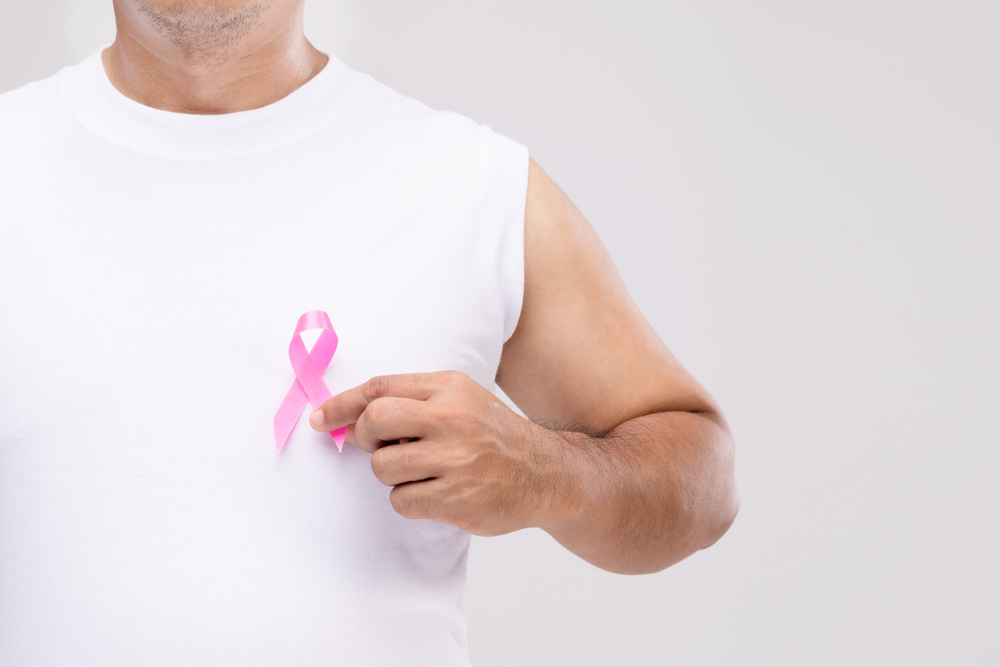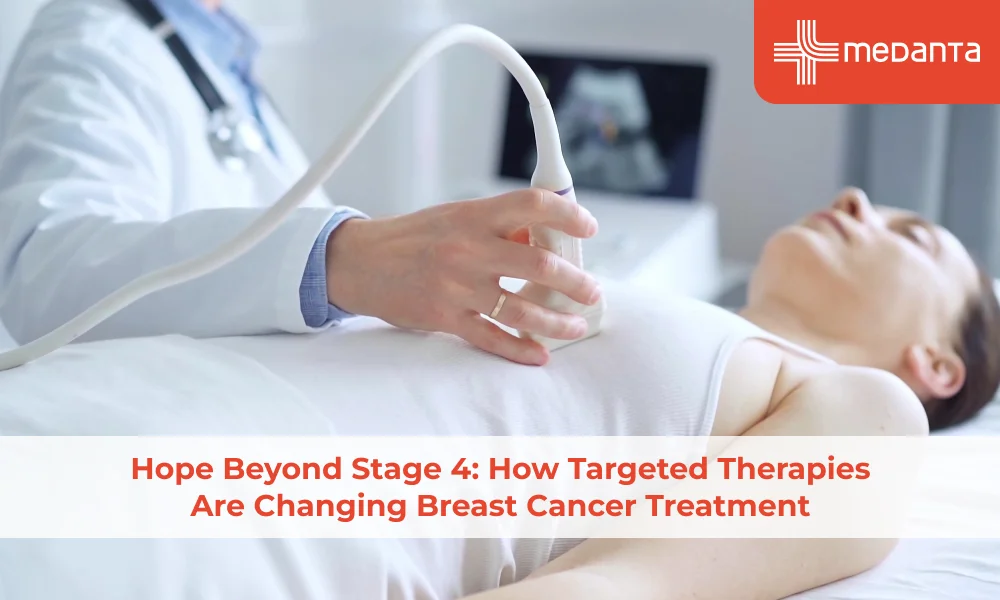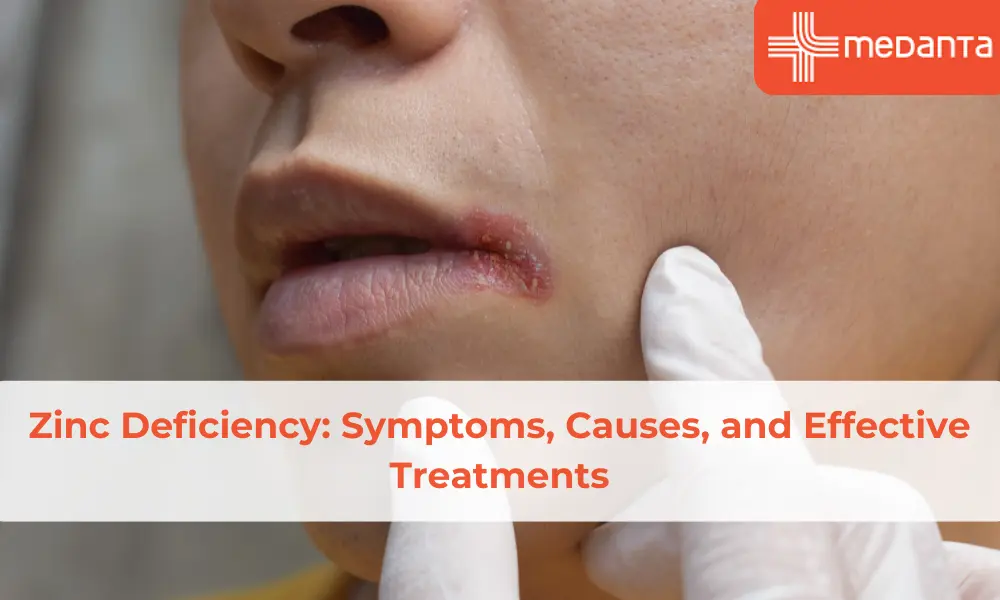Male Breast Cancer

Male breast cancer is a type of cancer that can develop in the tissue of men's breasts. Even though it is primarily associated with women, men can also develop breast cancer.
Males of any age can develop male breast cancer, but older men tend to develop it more commonly.
The likelihood of a successful therapy increases with the early discovery of male breast cancer in men. Surgery is frequently used as a form of treatment to remove breast tissue. Additional treatments, like chemotherapy and radiation therapy, may be advised based on your specific circumstances.
Types
- Invasive Ductal Carcinoma - The most typical type of male breast cancer is invasive ductal carcinoma. The cells of the milk ducts, the tube-like structures below the nipple, are where it begins. Both men and women have these ducts; however, they are more developed in women. The duct walls are breached by invasive ductal carcinoma, which then spreads to nearby breast tissue. A nearby lymph node, a small gland that produces and stores lymphocytes, a type of white blood cell that aids in the fight against infection, may also become infected with this type of cancer. The lymphatic system, a network of organs and vessels that drains excess fluid from the body's tissues and traps foreign objects like viruses and bacteria, can also help invasive ductal carcinoma spread to other areas of the body. Additionally, invasive breast cancers can spread through the blood to distant organs.
- Ductal Carcinoma in Situ - Men seldom develop ductal carcinoma in situ, a very early stage of breast cancer. It develops from the lining of the milk duct cells. This type of cancer is non-invasive, which means it doesn't spread outside of the duct walls or into the nearby breast tissue. It is not regarded as immediately dangerous. Ductal carcinoma in situ, however, can develop into invasive cancer if left untreated.
- Invasive Lobular Carcinoma - Breast tissue nearby is affected by invasive lobular carcinoma, which begins in the lobular tissue, or the milk-producing glands. Due to the lack of lobular tissue in their breasts, men are less likely to develop this type of breast cancer.
- Inflammatory Breast Cancer - Only a small portion of males with breast cancer have inflammatory breast cancer. It is a quickly spreading cancer in which cancer cells obstruct lymphatic arteries under the surface of the breast, inflicting oedema and erythema. It could be misinterpreted as an infection in the breast.
- Paget’s Disease - Breast cancers that form under the nipple and areola, the ring of colored skin surrounding the nipple, are referred to as Paget's disease. Nipple and areolar skin may become itchy, swollen, red, crusted, or thickened as a result of the condition. Men also rarely develop it.
Symptoms
- A painless growth or lump in your breast tissue
- Dimpling, puckering, redness, or scaling on the skin around your breasts
- Your nipple changing, showing signs of redness or scaling, or starting to turn inward
Stages
Stage 0 - Cancer in stage 0 is noninvasive. Cancer has not penetrated deeper into the breast tissue around it; it is just seen inside the milk duct. Additionally, individuals may have ductal carcinoma in situ (DCIS), a male (DCIS). Breast cancer at stage 0 may not cause any symptoms for the patient. People might, however, occasionally notice a breast bulge or nipple discharge.
Stage 1 - Breast cancer that, at stage 1, is localized and has not spread to the lymph nodes. As an alternative, it can be a very slight cancerous progression to the sentinel lymph node.
Stage 2 - Greater than earlier stages, stage 2 cancer may have spread to neighbouring lymph nodes or tumor is more than 2 cms
Stage 3 - Breast cancer in stage 3 has bigger tumors or has migrated to nearby skin or muscle. Perhaps adjacent lymph nodes were also affected by the malignancy.
People may observe the following if cancer has spread to the lymph nodes: - A lump or swelling under the armpit a lump or swelling in the hand or arm a lump or swelling near the breast bone or collarbone.
Diagnosis
Your healthcare professional will inquire about your symptoms and carefully look for lumps or other abnormalities while examining your breast tissue. Your healthcare provider might send a sample of your blood to a lab for a complete metabolic panel (CMP) and complete blood count (CBC).
Your doctor might perform a biopsy on your breast to check for cancerous cells. Your doctor takes a small sample of breast tissue with a tiny needle and sends it to a lab. The tissue is examined in a lab for cancerous cells.
Your doctor may request imaging studies to see images of your breast tissue. These consist of
- Mammogram - A mammogram is a breast-specific X-ray.
- Ultrasound - Using sound waves, an ultrasound can see images of soft tissues.
- MRI - A powerful magnet and radio waves are used in an MRI to create images of breast tissue.
Treatment
The type and stage of the disease affect the treatment for male breast cancer. Your alternatives will be discussed with you by your team of providers. What treatment is best for you will be determined in part by your medical history.
Treatments include -
- Surgery - Your doctor will attempt to remove the largest portion of the tumour during breast cancer surgery. You might require a mastectomy or a lumpectomy (surgical to remove a lump) (surgery to remove the entire breast). Mastectomy is a more frequent procedure in men because they have less breast tissue. Additionally, lymph node removal surgery can be required.
- Radiation - To eliminate cancer cells, your healthcare professional use targeted radiation therapy. Usually, radiation for breast cancer occurs after surgery (typically lumpectomy).
- Chemotherapy (Commonly called Chemo) - Your healthcare professional typically administers chemotherapy medications by infusion into a vein. Additionally, you could take oral chemotherapy medications (by mouth). These drugs eradicate cancer cells and prevent them from proliferating. Chemotherapy sessions may span several weeks or months.
- Hormone Therapy (also known as Endocrine Therapy) - Your doctor may prescribe drugs that have an impact on your hormones. These medications may reduce oestrogen levels or prevent its effects. Hormone therapy is typically used by doctors to treat breast cancer in women, but it can also work well for men. These drugs are used to treat breast cancers that grow in response to oestrogen and/or progesterone. Hormone treatment can be administered orally or intravenously.
- Medications - Several drugs either kill cancer cells or prevent their growth. These medications (and any side effects) will be discussed with you by your doctor. These could include treatments referred to as targeted therapy.
Conclusions:
Many men do not believe breast cancer can affect them. As a result, they may miss signs when they appear. If you suspect something is wrong with your chest tissue, consult your provider. Early detection and treatment can make a big difference in the long run. Tell your healthcare provider the truth about your symptoms and how long you've had them. If you have any of the risk factors for male breast cancer, talk to your doctor about how you can lower your risk.






